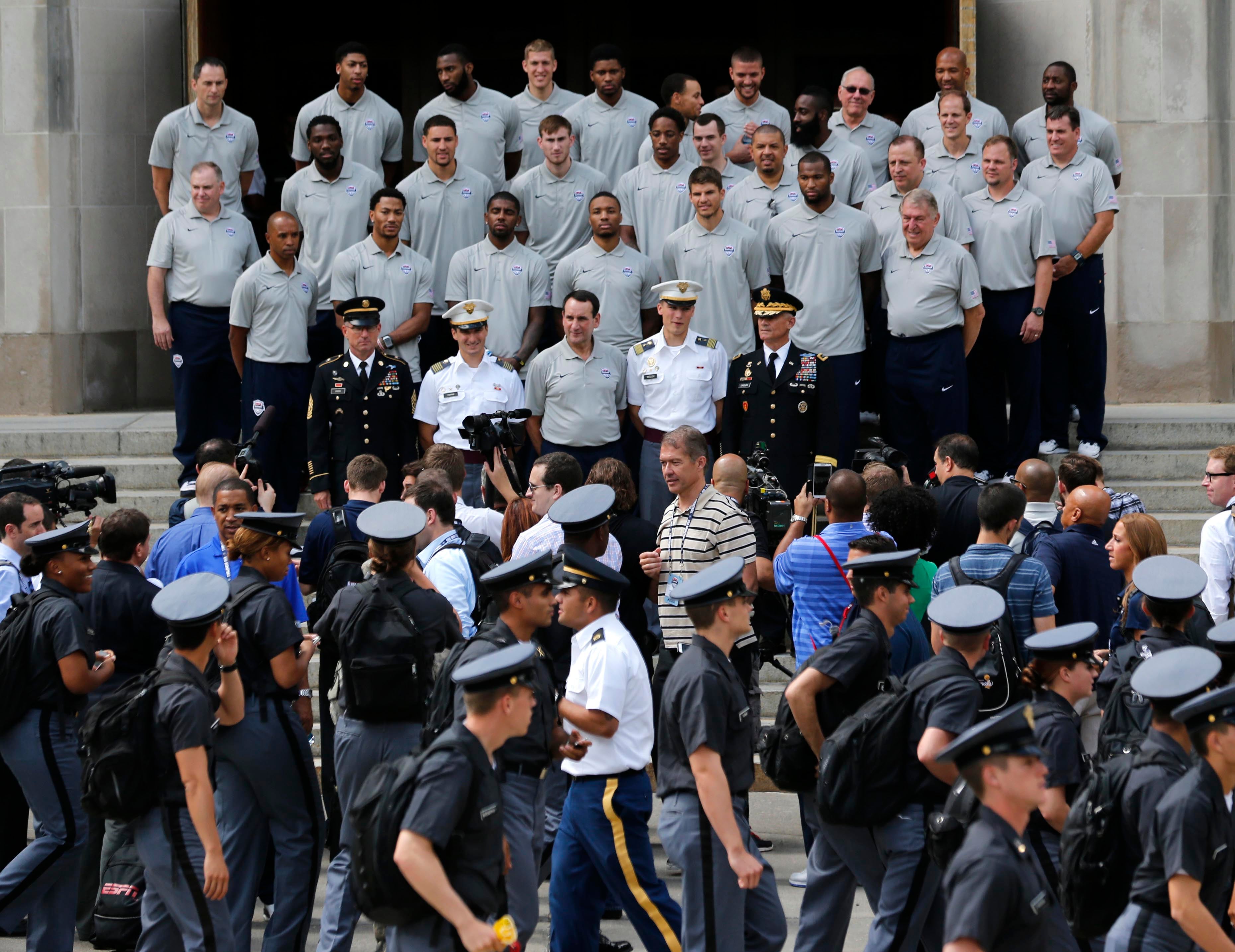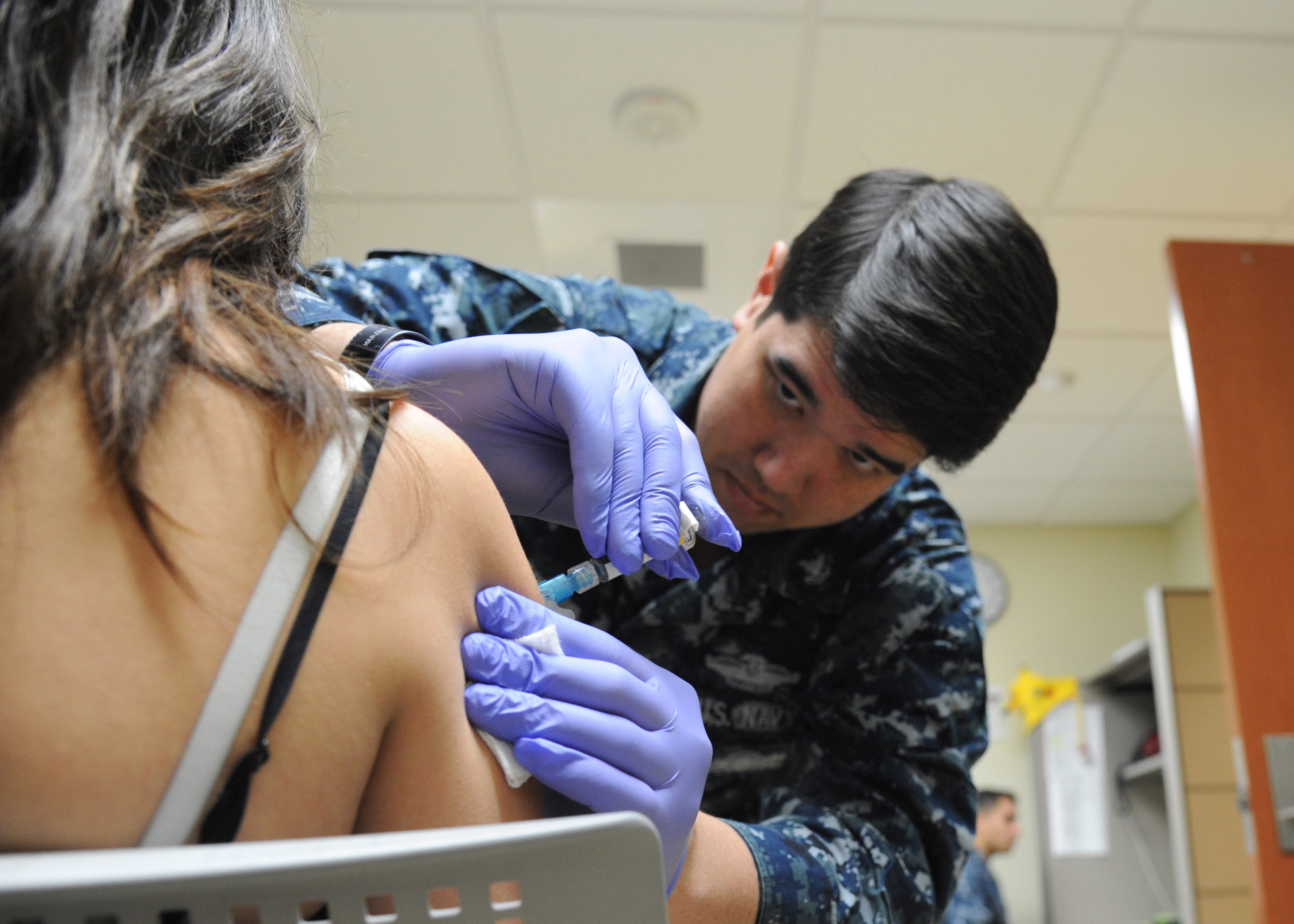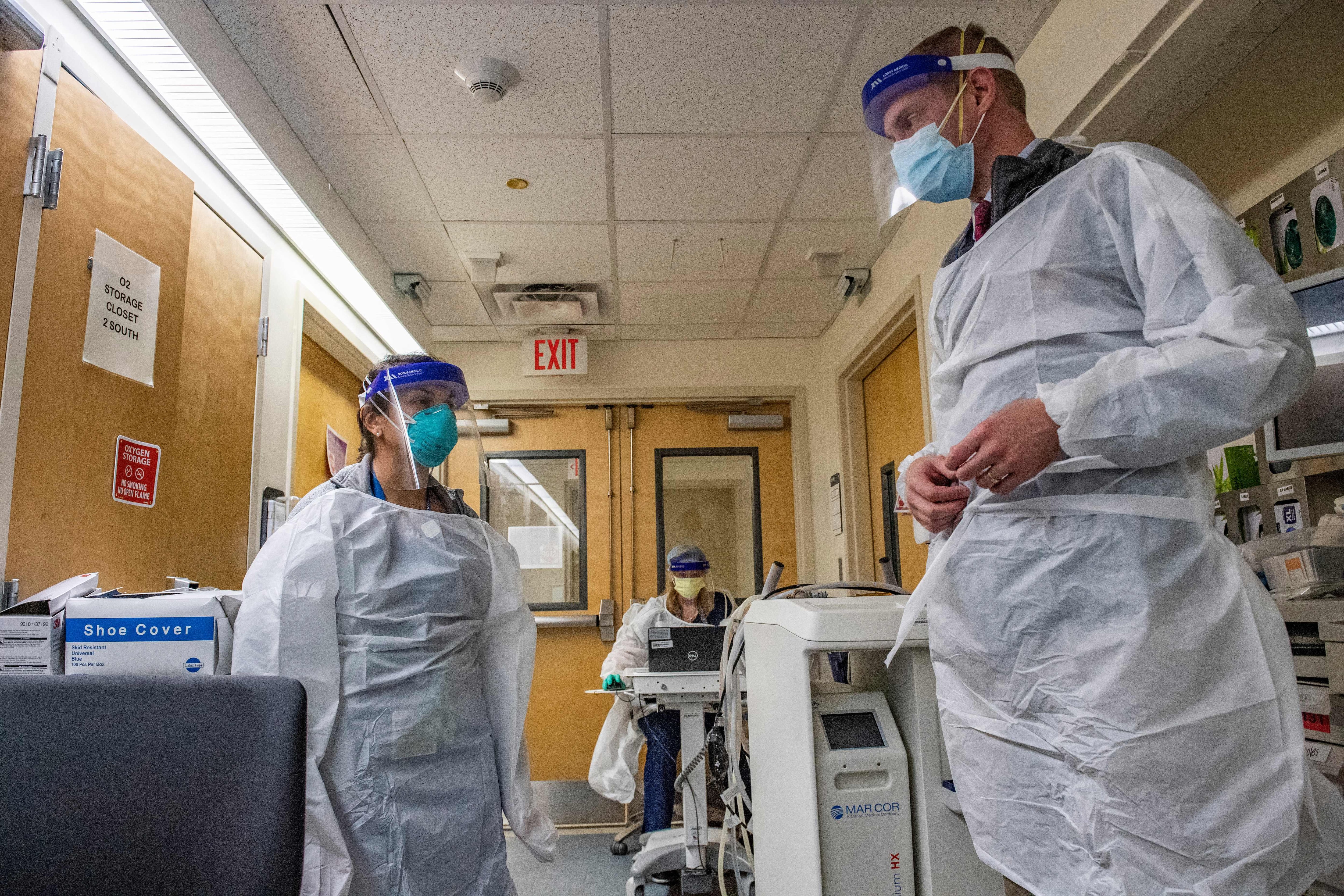Ship crews now have new measures to improve safety as destroyers land helicopters.
The move comes a year and a half after a fatal 2013 mishap when a chock and chained helicopter was washed off a destroyer's deck in heavy seas. Naval Surface Forceadded to the Navy's destroyer flight operations regulations will keep aircrew safer in heavy seas, according to a Thursday news release from Pacific Fleet.MH-60S Sea Hawk was swept off the flight deck of the destroyer William P. Lawrence swept a chocked-and-chained MH-60S Sea Hawk helicopter off the flight deck and into the Red Sea, claiming the lives of its two pilots, and leading to discord between surface warfare officers and helicopter aircrews.
The new system, which now takes sea state into account to determine safe helicopter operations, has been tested and rolled out to the fleet in recent months, Naval Surface Force Pacific said Thursday.
The updates, which have been in the works for months, come a year and a half after the mishap, when a MH-60S Sea Hawk was swept off fatal incident aboard the destroyer William P. Lawrence swept a chocked-and-chained MH-60S Sea Hawk helicopter off the flight deck and into the Red Sea, claiming the lives of its two pilots, and leading to discord between surface warfare officers and helicopter aircrews.
The new measures, called Operator Pilot Plots, have been in the works for months. They are "placard overlays that identify limits and safety considerations that take into account a ship's speed and sea conditions in addition to pitch, roll and relative winds," according to the SURFPAC release.
Previously, flight envelope parameters only took into account the ship's speed and direction, along with wind speed.
OPPs will be used by a The ship's officer of the deck and the helicopter pilot will assess the taking into consideration the height and direction of waves, then use OPPs to agree on the safest way to land the helo on the flight deck.
By calculating the direction and height of waves Together with the direction of waves relative to the ship's heading and ship speed, they will be able to produce a plot point on a graph. If that point falls into an area indicating dangerous conditions, the ship can adjust course and speed the graph will show a plot point that may fall into a dangerous conditions, allowing the ship to adjust course and speed to get back within safe conditions.
"We conducted a preliminary exercise in September by giving the polar plots to six officers — three surface warfare officers and three pilots — with only a written explanation and no other guidance," said Capt. Jack Olive, responsible for aviation operations aboard surface ships for Naval Surface Forces. "They were put in situations that required them to use polar plots to assess and manage the risk."
By giving the system to both sides of the operation, the OPPs help ship captains and pilots work together to understand when things are becoming dangerous and how to proceed.
"It is a change in how the ship operates and an understanding for [helicopter pilots] on when you're approaching those limits of the stability of the ship," said Cmdr. Jeremy Leiby, chief staff officer for Helicopter Maritime Strike Wing Pacific, in a Feb. 25 interview at Naval Air Station North Island, California.
Preventing another tragedy
The OPPs will help mitigate risk during helo ops on the destroyer's low freeboard flight deck, which at 13-feet is low enough to the water line to allow a wave to wash over in rough seas.
That set of conditions caused the deaths of Chief Warrant Officer 3 Jonathan Gibson and Lt. Cmdr. Landon Jones, from the NASaval Station North Island, California-based Helicopter Sea Combat Squadron 6, in September 2013 aboard the William P. Lawrence.
Soon after landing their helo on the destroyer's flight deck, the ship hit flank bell, top speed, and began to lurch from side to side, bringing a "wall of water" over the starboard side that smashed into the helicopter's rotors, according to the Pacific Fleet command investigation released in May 2014.

The helicopter's tail broke, and it washed overboard with the aircrew still inside, the report said.Three aircrew were rescued from the water that day, Sept. 22, but the Navy called off the search for the helicopter and the pilots a day later.
Officials disagreed over the destroyer CO's responsibility. SURFPAC said it was the ship's course that led to the rocking and that Cmdr. Jana Vavasseur's order of a flank bell was still within the helicopter flight parameters. But PACFLT boss Adm. Harry Harris disagreed and faulted Vavasseur for taking unnecessary risks. Of the investigation's six endorsers, only Naval Air Force Pacific faulted the Lawrence's CO for the incident. SURFPAC said the ship's course to rendezvous with the Nimitz Carrier Strike Group led it into the rough waters, but it wasn't due to Cmdr. Jana Vavasseur's negligence.
However, AIRPAC argued that Vavasseur's decision to order top speed in rough seas led to a "cumulative catastrophic outcome" — one that likely could have been averted by a slower speed or safer course, with the seas not coming in on the ship's quarter.
The incident ignited discordcussion between the surface and aviation communities over issues about safety for the aircrew and the ship's responsibility to meet it's missions; at the time, Vavasseur ordered top speed to rendezvous with the Nimitz Carrier Strike Group. the responsibilities of the ship to meet its obligations ; with many defending Vavasseur was technically within the prescribed flight envelope for her ship, she showed poor judgment in speeding up while the crew was still inside the helo, said then-air boss Vice Adm. David Buss in his endorsement of the investigation.
The pilots' widows were outraged when in late 2014 Vavasseur was selected for major command, including leading a destroyer squadron or cruiser.In interviews with Navy Times, Gibson and Jones' widows express concern about whether surface warfare officers prioritize the safety of their helo detachments.
"She traded away the safety of the people on the flight deck that day to please her boss," Theresa Jones said. "Does Adm. Buss think she used caution? No. Does [Pacific Fleet boss] Adm. [Harry] Harris think she used caution? No. Do a lot of sailors think she used caution? No."
Vice Adm. Mike Shoemaker, who took over for Buss as air boss in January, told Navy Times in a Feb. 26 interview that despite the culture war accusations, he feels the issue was not a lack of concern on the part of SWOs, as some in the aviation community have expressed. into account while recovering a helo, will be effective take into account sea state while recovering a helicopter and that and wilget to the heart of the issue.
"I think to characterize it that SWOs do not care, I mean, I do not think that is accurate at all," he said. "This was an accident."
The new measures have been in the fleet for some months now, according to officials in the helicopter community, with increased training to give SWOs greater understanding of what it's like to land a helicopter on a small flight deck precariously close to the sea.
Prospective ship captains even spend some time in a simulator to get a better feel for what aircrews deal with, Capt. Shawn Malone, commodore of Helicopter Maritime Strike Wing Pacific, told Navy Times in a Feb. 25 interview.
"What does it look like for a crew making an approach during the day, making an approach to a ship at night, under some of the more challenging conditions?" he said. "Once you start increasing the pitch and the roll, weather, lower visibility — so that there is that understanding."
Malone added that the trust and confidence between ship COs and pilots is also paramount.
"The mishap with HSC-6 serves as a reminder that we have to remain ever vigilant," he said. "That was a tragedy."
Meghann Myers is the Pentagon bureau chief at Military Times. She covers operations, policy, personnel, leadership and other issues affecting service members.





